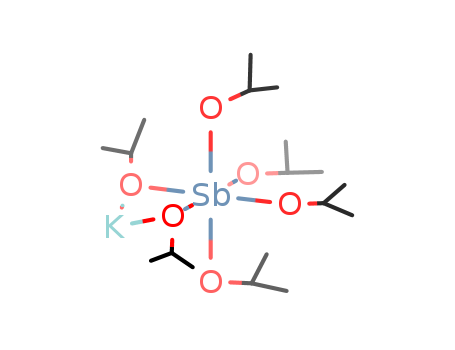

Moreover, a white-light-emitting diode (WLED) was also fabricated by mixing (TPA) 2SbCl 5 with green (Ba 2SiO 4:Eu 2+) and blue (BaMgAl 10O 17:Eu 2+) phosphors, which exhibited CIE coordinates of (3.48, 3.50), a correlated color temperature (CCT) of 4900 K, and a color rendering index (CRI) of 93.2. The emission mechanism for the temperature-dependent dual emission can be attributed to the radiative transitions of singlet STEs and triplet STEs in 2− clusters. Solutions of antimony trichloride were formerly used for. It is used as a reagent for detecting vitamin A and related carotenoids, reacting with the carotenoid to form a blue complex that can be measured by colorimetry (the Carr-Price test). The Raman spectra supplied clear evidence for the self-trapped exciton (STE) with clear multiphonon modes in (TPA) 2SbCl 5, which reflects its strong nonlinear electron–phonon coupling. An inorganic chloride salt with formula SbCl 3. Interestingly, (TPA) 2SbCl 5 exhibits a single broad orange emission band at 610 nm under low-energy excitation ( e.g., 375 nm) with a high photoluminescence quantum yield (PLQY) of 95.3%, while it shows a dual-band emission profile with an additional narrow emission band at 466 nm at high-energy excitation ( e.g., 300 nm), which is formed by the transformation of the doublet of spin–orbit interactions into two individual STEs. Herein, we report a zero-dimensional (0D) lead-free compound of (TPA) 2SbCl 5 (TTA + = tetrapropylammonium cation) single crystals (SCs), which crystallizes in a triclinic system with P symmetry. However, the toxicity of lead halides hinders their future application in optoelectronic devices. Neither ILO nor WHO nor the European Commission shall be responsible for the interpretation and use of the information contained in this material.Low-dimensional organic–inorganic hybrid metal halides have drawn intense attention due to their flexible structures and outstanding optical properties. The published material is being distributed without warranty of any kind, either expressed or implied. Immediate administration of an appropriate inhalation therapy by a doctor, or by an authorized person, should be considered. Rest and medical observation are therefore essential. The symptoms of lung oedema often do not become manifest until a few hours have passed and they are aggravated by physical effort. Keywords: antimony chloride dimers near-infrared luminescence self-trapped excitons zero-dimensional metal halides. The substance is toxic to aquatic organisms.ĭepending on the degree of exposure, periodic medical examination is suggested. The reported hybrid antimony chlorines with Sb2Cl82- dimers herein expand the paradigm for discovering new NIR materials in 0D metal halides. MAK: carcinogen category: 2 germ cell mutagen group: 3A The substance may have effects on the cardiovascular system. Medical observation is indicated.Įvaporation at 20☌ is negligible a harmful concentration of airborne particles can, however, be reached quickly when dispersed, especially if powdered.Įffects of long-term or repeated exposure
#Antimony chloride skin#
The substance is corrosive to the eyes, skin and respiratory tract. The substance can be absorbed into the body by inhalation and by ingestion.

Aluminium burns in antimony trichloride vapour. Attacks many metals in the presence of water.

This produces heat, hydrogen chloride (see ICSC 0163) and antimony oxychloride. This produces toxic fumes including chlorine and antimony oxides. With the financial assistance of the European Commission.ĬOLOURLESS HYGROSCOPIC CRYSTALS WITH PUNGENT ODOUR.ĭecomposes on heating. Prepared by an international group of experts on behalf of ILO and WHO, Well closed.ĭo not transport with food and feedstuffs. Then store and dispose of according to local regulations.

Sweep spilled substance into covered sealable containers. Do NOT let this chemical enter the environment. Personal protection: chemical protection suit including self-contained breathing apparatus. COLOURLESS HYGROSCOPIC CRYSTALS WITH PUNGENT ODOUR. Give one or two glasses of water to drink. Wear face shield or eye protection in combination with breathing protection.įirst rinse with plenty of water for several minutes (remove contact lenses if easily possible), then refer for medical attention.īurning sensation. Rinse skin with plenty of water or shower. Use ventilation (not if powder), local exhaust or breathing protection.įresh air, rest. In case of fire in the surroundings, use appropriate extinguishing media.ĪVOID ALL CONTACT! IN ALL CASES CONSULT A DOCTOR! Gives off irritating or toxic fumes (or gases) in a fire.


 0 kommentar(er)
0 kommentar(er)
